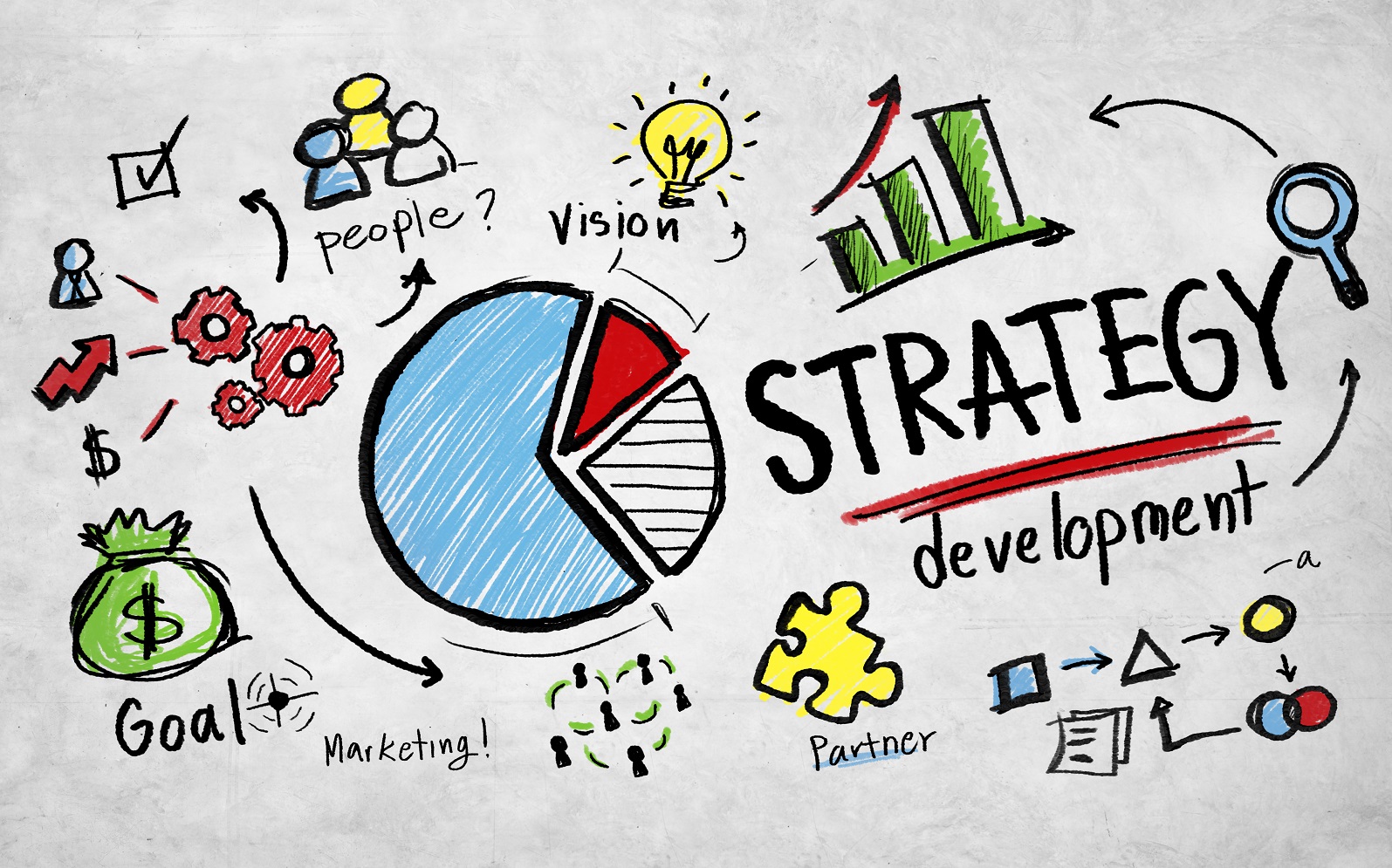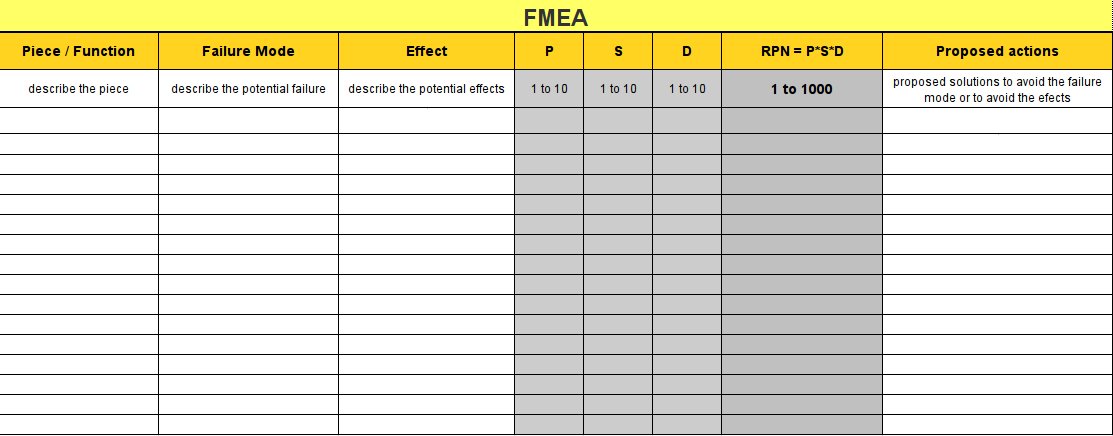Asset management model
All the companies are of the sector that is, count on commercial, productive, economic objectives, etc … according to the demand of the needs these are covered with internal or external resources. Having said this, and based on the logic of financial profitability, all companies are betting on subcontracting rather than on own resources, as well as on the purchase of services or products, and at this point we see how the supplier market is becoming more specialized.
Made this introduction, by all known, to have a proper asset management is necessary to manage a multitude of suppliers, with their specialties, details, covering the needs but integrating it into a whole.
Goals.
The biggest objective is to sell as much product as possible, with the best quality, satisfying the customer and with the lowest possible cost, thus achieving the highest profitability and possible benefits. From here it branches into production sub-objectives, availability, reliability, maintenance, safety with the least impact on the customer.
Weighting of objectives.
Each of these objectives is measured differently in each of the companies, and mainly they will have a very different weighting in each one of the companies, since it influences the sector to which they dedicate themselves.
Structure of the service.
In order to meet customer needs, the activities within the company must be clearly differentiated. So let’s see what we have:
Audit: Measurement and valuation activities of what you are doing.
Consulting: strategy to follow in the present and future.
Training: if necessary training in the preparation of new services.
Engineering: design and calculation of the needs and resources needed to achieve objectives.
Implementation of models and plans designed in the engineering phase.
Control: measurement and assessment of what is being done at any time.
Decisions: actions that must be carried out in the model to adjust in the deviation of the defined objectives.
Business contractors.
Within the pool of contractors that can meet our needs, we must carry out a market study to ascertain the degree of adaptation of the service offered by the companies, negotiate with each one the service that is willing to cover with the greatest balance between necessity Of the process industry company and the service offered by the contractor company.
Economic calculation of the service according to the intensity of the service.
The unit cost of the contractor’s service is calculated by the intensity of the objective to be covered, for example, the intensity of the environmental impact of the nuclear industry will be higher than the intensity of the objective for the wind industry. Thus, for one case it will be more costly economically than for the other, respectively.
Calculation of the cost of investment of implantation of the model.
Until the stationary phase is reached, investment costs are calculated to start the model, which are amortized over the periods of return on investment.
Once the start phase of the Implementation Project of the Asset Management Model is exceeded annually, a number of resources are consumed by contractors and suppliers. These costs are similar each year, adjusted for changes in CPI and changes in special prices.
Study of return on investment and profitability.
The model itself, in its initial phase, measures and assesses the cost of direct and indirect money from the current asset management. The reduction of costs of direct and opportunity costs, increased availability, reliability, safety and reduced impact on the environment has a positive economic impact on the company, which increases its profitability and its benefits.
Speed of implantation of the model.
Due to the economic cycles of companies and the environment, changes in products and services may be difficult or easier to implement the model.
To do this, once the investment and annual costs have been established, different implementation speeds of the model are proposed, ranging from six months to ten years; Depending on the needs and policies of the company.
Conclusion.
Thanks to this model, you can prioritize what services are needed to meet business objectives. Sometimes it is difficult to establish how much of the supplier’s resources will be needed in each situation, but thanks to the structure of the model in phases, the exercise is performed defining, analyzing and assessing the needs at each moment, as well as calculating its Economic cost.




